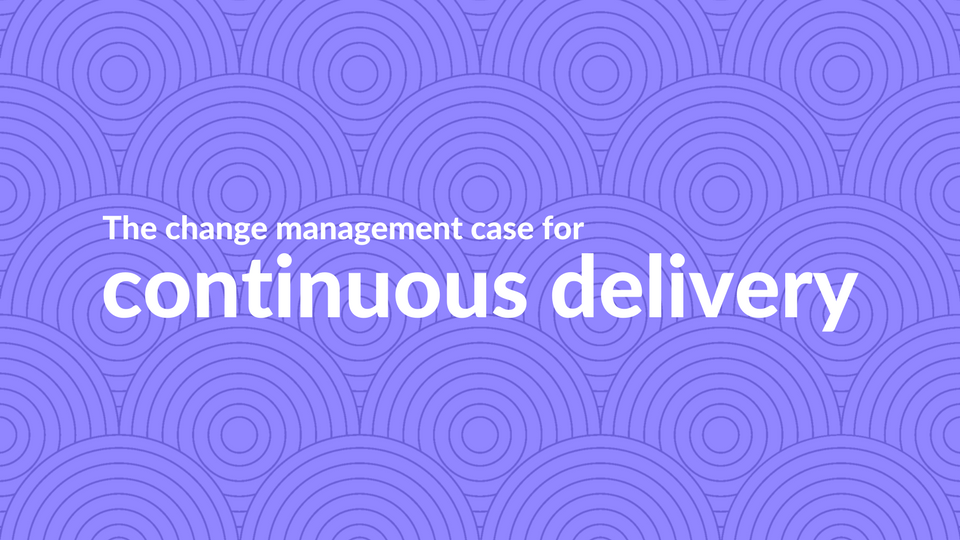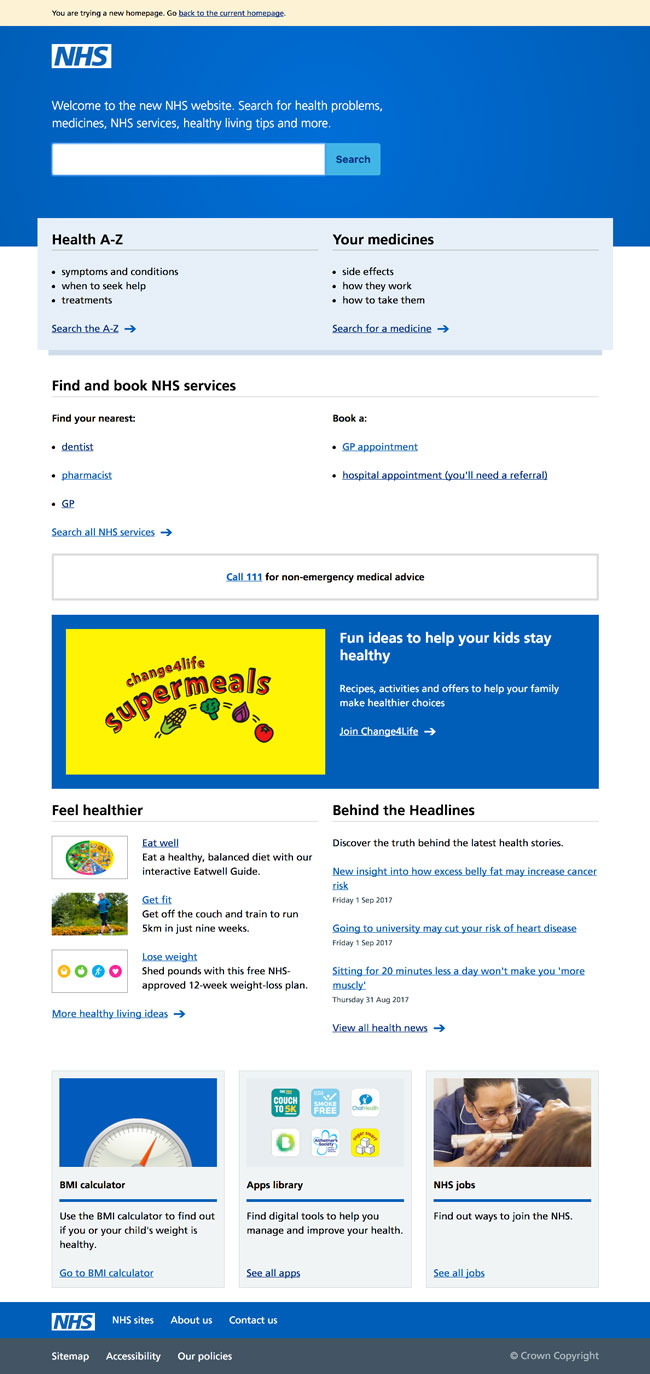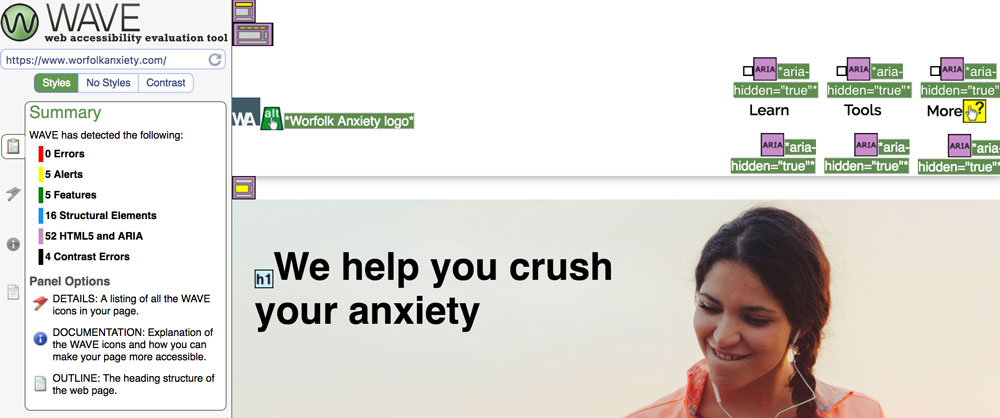IRONMAN’s technology problems
Monday, October 7th, 2019 | Tech
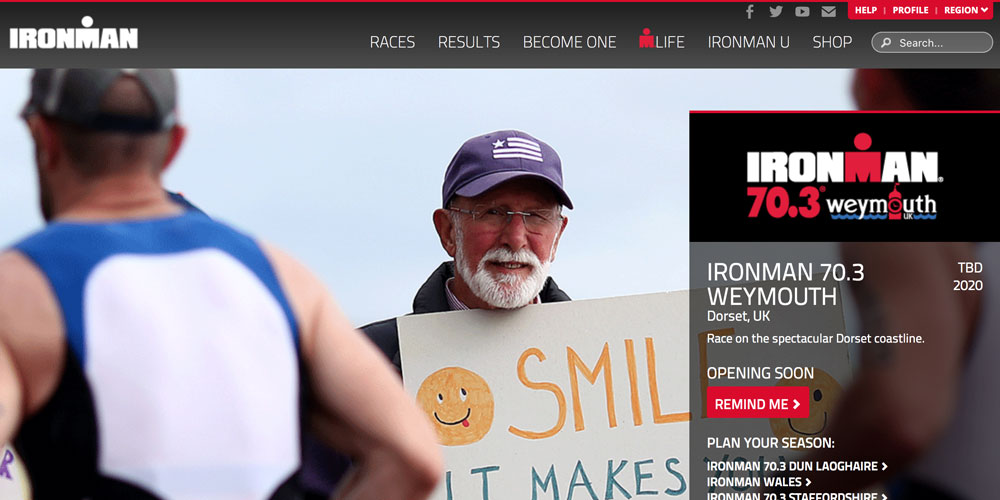
Last week, I wrote about how IRONMAN, as an organisation, do not always have the best reputation among athletes. I do not think this is justified at their events. However, it is frustrating that nobody within the IRONMAN organisation has ever used a computer. Here are some of the problems we have run into.
Registration not working
It was a pain to get through the registration form to create my profile. When I came back a few months later, they had changed their registration system and I had to re-register. Their new form did not work at all. There was no error; the form simply did not do anything.
When I emailed support, they asked me to re-try it. This time it did not work because something had been created in the background and now I could not register with the same details.
Profile problems
Once I was registered and logged in, my upcoming race was missing. I had to email support to get them to sort it out. It took a few emails back and forth to get it sorted.
When I turned up in Weymouth, my date of birth was incorrect. It was a simple matter to get it sorted with the team there, but again frustrating.
Club registration
You cannot just enter your club in your registration form. You have to get the club to give IRONMAN a bunch of personal details for them, too. Graeme was kind enough to do this so that I could list Hyde Park Harriers as my club.
However, they never sent the email confirmation and when I contacted support a month later, they said they had lost of the club registration and we would have to complete it all again if we wanted the club to be listed.
Online store
The online store does not work. I have tried to buy some stuff several times and each time it says that the item is in stock but when I try to add it to my basket it says they have no stock left.
Website design
Oh my, have you ever seen a website designed as badly as IRONMAN?
It is not a mobile-first design, despite mobile traffic overtaking desktop traffic years ago. In fact, if you try to access many of the pages on the website, you do not even get a terrible desktop-designed page. You get a page saying “not available on mobile” like it is the Nineties.
The website is slow.
The navigation is confusing. If you go to a particular race, you have the main website navigation across the top and you have to click a little red button at the bottom of the page instead to access the pages about that particular race.
It is hard to get the information you want. I was trying to find the results for IRONMAN Wales from last year. They are not there, as far as I can tell.
Their SEO is also terrible. Every time I searched for IRONMAN Weymouth, I would get the discontinued full distance race, rather than the half distance that is still running. This would be a relatively easy fix in a sitemap or a robots.txt.

Last week, I wrote about how IRONMAN, as an organisation, do not always have the best reputation among athletes. I do not think this is justified at their events. However, it is frustrating that nobody within the IRONMAN organisation has ever used a computer. Here are some of the problems we have run into.
Registration not working
It was a pain to get through the registration form to create my profile. When I came back a few months later, they had changed their registration system and I had to re-register. Their new form did not work at all. There was no error; the form simply did not do anything.
When I emailed support, they asked me to re-try it. This time it did not work because something had been created in the background and now I could not register with the same details.
Profile problems
Once I was registered and logged in, my upcoming race was missing. I had to email support to get them to sort it out. It took a few emails back and forth to get it sorted.
When I turned up in Weymouth, my date of birth was incorrect. It was a simple matter to get it sorted with the team there, but again frustrating.
Club registration
You cannot just enter your club in your registration form. You have to get the club to give IRONMAN a bunch of personal details for them, too. Graeme was kind enough to do this so that I could list Hyde Park Harriers as my club.
However, they never sent the email confirmation and when I contacted support a month later, they said they had lost of the club registration and we would have to complete it all again if we wanted the club to be listed.
Online store
The online store does not work. I have tried to buy some stuff several times and each time it says that the item is in stock but when I try to add it to my basket it says they have no stock left.
Website design
Oh my, have you ever seen a website designed as badly as IRONMAN?
It is not a mobile-first design, despite mobile traffic overtaking desktop traffic years ago. In fact, if you try to access many of the pages on the website, you do not even get a terrible desktop-designed page. You get a page saying “not available on mobile” like it is the Nineties.
The website is slow.
The navigation is confusing. If you go to a particular race, you have the main website navigation across the top and you have to click a little red button at the bottom of the page instead to access the pages about that particular race.
It is hard to get the information you want. I was trying to find the results for IRONMAN Wales from last year. They are not there, as far as I can tell.
Their SEO is also terrible. Every time I searched for IRONMAN Weymouth, I would get the discontinued full distance race, rather than the half distance that is still running. This would be a relatively easy fix in a sitemap or a robots.txt.



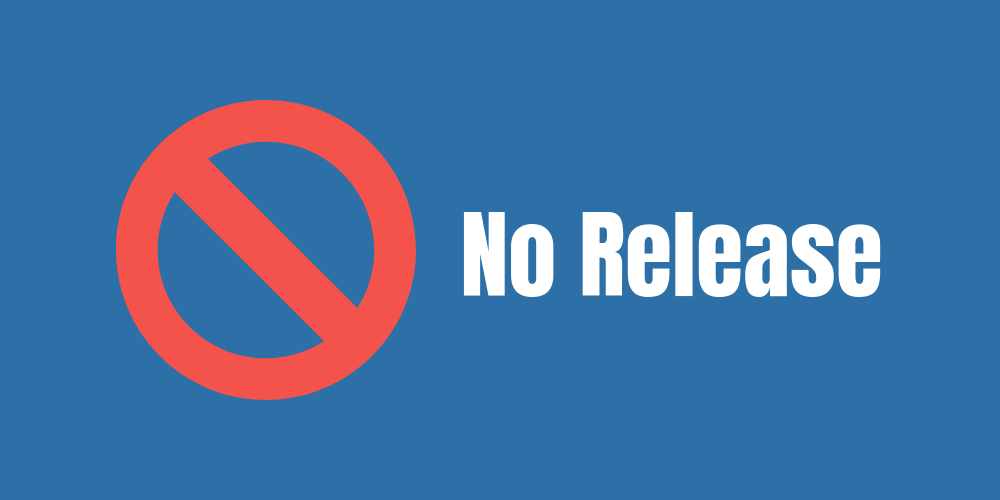
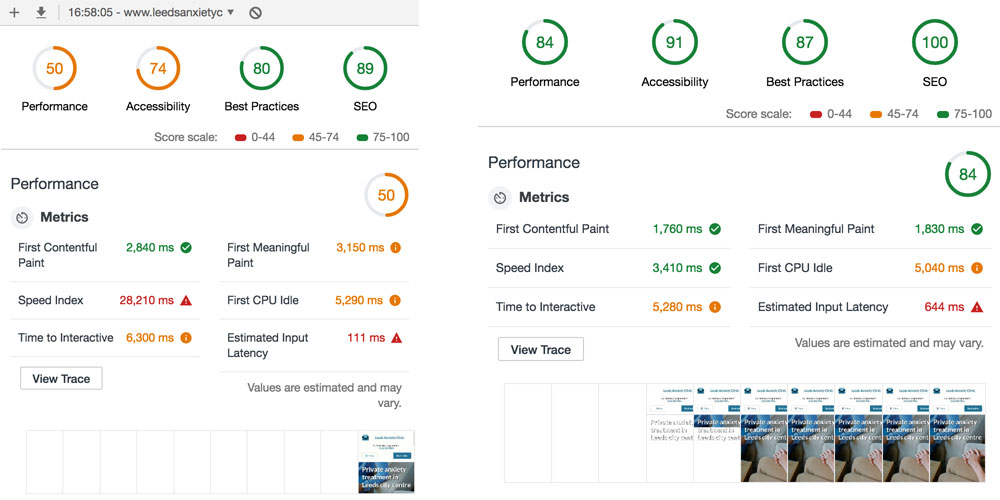
 Worfolk Limited has been producing awesome software for many years. Whether we are building web applications and mobile apps for customers or launching them ourselves, I take a lot of pride in making them the best apps they can be, both from a user’s perspective and by leaving the client in the best position going forward.
Worfolk Limited has been producing awesome software for many years. Whether we are building web applications and mobile apps for customers or launching them ourselves, I take a lot of pride in making them the best apps they can be, both from a user’s perspective and by leaving the client in the best position going forward.